Visiting Park Güell in Barcelona
Barcelona is known for its unique and diverse architecture. The city has a rich cultural and artistic heritage, and its architecture reflects a blend of traditional Catalan styles, modernisme (Catalan Art Nouveau, a great example being the Palau de la Música Catalana), and contemporary designs. When we visited the city, we came up with a travel itinerary for Barcelona that centred around its architectural marvels.
Contains affiliate links
And one of the architects whose work was predominant in the city was Antoni Gaudí. Barcelona is synonymous with the works of Gaudí, who is considered as one of the most celebrated architects of the Catalan Modernisme movement. Gaudí's masterpieces include the Sagrada Família, residential buildings like Casa Batlló and Casa Milà and Park Güell.
Gaudí and Güell
Eusebi Güell, a wealthy industrialist and also Gaudí's main patron, commissioned Park Güell. The project was initially envisioned as a residential development inspired by the English garden city movement. Güell purchased the hillside site and hired Gaudí to design the project.
While the original plan for Park Güell was to create a garden city with luxurious homes integrated into the natural landscape, it did not happen that way. Due to a lack of interest from potential buyers, only two houses were built, and the project instead transitioned into a public park.
Gaudí was known for drawing inspiration from nature, and this is evident in Park Güell's design. The park incorporates natural forms, organic shapes, and vibrant colours.
Today, Park Güell is not only a popular tourist destination but also a symbol of Barcelona's artistic and architectural identity. It showcases Gaudí's genius in creating a harmonious blend of natural forms, vibrant colours, and functional design within a public space. In 1984, along with other works by Gaudí, Park Güell was declared a UNESCO World Heritage Site.
Key Areas at Park Güell
The Entrance and the Porter's Lodge Pavilions
Visitors to Park Güell often begin their exploration at the main entrance, taking in the iconic dragon sculpture, enjoying the vibrant mosaic artwork, and marveling at the architectural elements that make this public park a testament to Gaudí's genius.
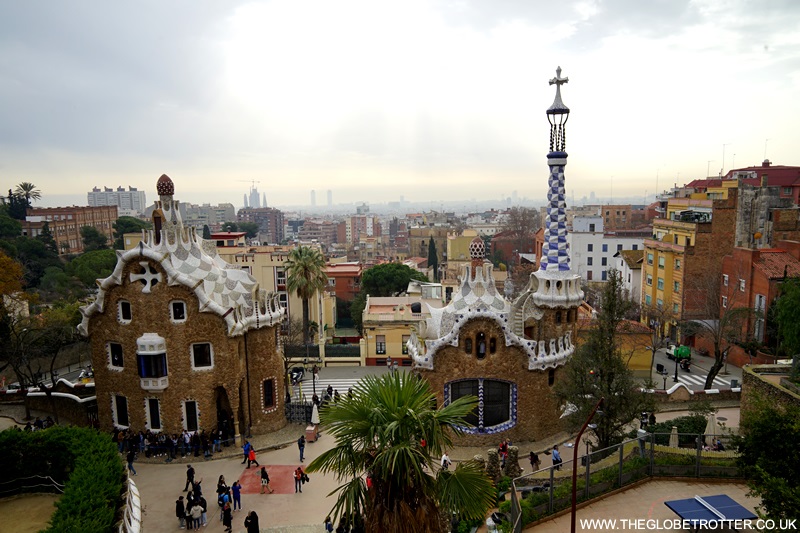
If you notice the main gates, you will see that these iron gates are designed in the shape of palm leaves. These came from Casa Vicens, another of Gaudí's masterpieces. On either side of these iron gates are two pavilions that form the porter’s lodge.
One of these was actually used as a porter’s lodge while the other was the porter’s residence (Casa del Guarda). Both are beautiful buildings with fabulous mosaic work. Today the buildings are a part of the Barcelona History Museum and house an exhibition on Güell, Gaudí and Barcelona.
The Dragon Stairway
At the entrance of Park Güell, is the famous dragon sculpture known as 'El Drac' or 'The Dragon'. It is one of the most iconic and recognisable symbols of the park and has become synonymous with the imaginative and whimsical style of Gaudí. It incorporates the Trencadís Mosaic technique.
This technique is closely associated with the Catalan Modernisme movement and Gaudí used it in many places. In this technique irregularly shaped ceramic pieces are used to create intricate, colourful and visually striking designs on different surfaces like the dragon's body and the ceiling of the Hypostyle Room (see section below). A similar style of work can also be seen in Sagrada Família and Casa Batlló.
The dragon's body is covered in a mosaic of colourful ceramic tiles, featuring a mix of blue, green, yellow, and other vibrant hues.
The dragon serves as a symbolic guardian or sentinel at the entrance of Park Güell. It stands near the staircase leading up to the main terrace and welcomes visitors to the park with its playful and mythical presence. At one time, water used to flow from the dragon's mouth into a basin below, functioning as a decorative fountain. However, due to preservation efforts and the increasing number of visitors, the water feature is no longer operational. Nonetheless, it still looks stunning and is one of the most photographed elements of Park Güell.
The Hypostyle Room
The main terrace of Park Güell features a large open space known as the Hypostyle Room. Originally designed as a market space with a series of columns supporting a roof, the ceiling of the Hypostyle Room is decorated with a colorful ceramic mosaic known as the 'trencadís' ceiling.
Nature Square (The Greek Theatre)
In the middle of the park, there's a large open area that was initially called the 'Greek Theatre' and was designed for hosting outdoor performances visible from the surrounding terraces. Recently, it got a new name, 'Plaça de la Natura' or the Nature Square. Some parts of the Square are carved into the rock, while others are supported on top of the Hypostyle Room. The side that faces the staircase has a wavy bench covered in mosaic tiles. The bench is covered with trencadís style and is a joint work of Gaudí and Josep Maria Jujol (who has collaborated with Gaudí on several works).
Viaducts
There are a number of walking paths in the park of which the viaducts are very popular. Making their way from the main entrance of the park up the mountain, the 3 viaducts are called Pont de Baix, the Pont del Mig and the Pont de Dalt and provide a pleasant environment for strolling and enjoying the greenery. The viaducts are made with stones that were taken from the park site itself.
If you head to the eastern side of the Nature Square, you will see an iron door. This is one of the original doors that leads to where the gardens of Casa Larrard (the mansion that Güell picked as his own house) were located. Since the beginning of 1931 this has been a school. But you can still walk along the route, which has a portico backing onto a retaining wall made from unworked stone. The portico is also called the 'Portico of the Washerwoman' (pictured below) because one of the columns that supports the viaduct represents a washerwoman carrying a load of clothes on her head.
Of course, people have their own interpretations of what the column represents. What does it look like to you? Let me know.
The Palm Trees Path
Connecting the Carretera del Carmel with the Sant Josep de la Muntanya exit is a 10 meters wide road called the Palm Trees Path. This is one of the widest roads in the park and looks lovely with palm trees lining one side of the road.
Gaudí Museum House
Located within the park complex but not included in the entry ticket (you have to buy a separate ticket to visit it) is the Gaudí House Museum. The building was built as a model home for the Park Güell development. It was not designed by Gaudí but by Francesc d’Assis Berenguer i Mestres, a close friend and collaborator to the architect.
Gaudí lived in this house from 1906 to 1925 and it was privately owned after his death. It was opened to the public only in 1963. When you visit the museum, you can explore the rooms where Gaudí lived and gain insight into his daily life. The exhibits provide a glimpse into the creative mind of the architect responsible for some of Barcelona's most iconic landmarks. The museum also displays furniture, objects, and personal belongings that once belonged to Antoni Gaudí as well as a reproduction of his workshop.
Other areas to visit
The other key areas that you could visit inside the park complex are the Austria Gardens, the Trias House, the Larrard House and the Three Crosses.
How to get to Park Güell
Getting to Park Güell from Barcelona city center is convenient, and you can use various modes of transportation.
We had tickets for the Bus Turístic (hop on hop off bus service in Barcelona) and made use of those to get to the park from the city centre. You have to hop on the 'Blue line' Bus Turístic and the stop to alight at is 'Park Güell'. It is located on Avinguda de la Mare de Déu de Montserrat. From here it is around 10 minutes on foot to the park. It is an easy walk and you cannot miss the way because loads of other tourists will be walking on the route.
If you plan to take the Metro, then it is Metro Line 3 (the Green Line). Get off at the station 'Vallcarca' or 'Lesseps.' Both stations are relatively close to Park Güell. From there, you can follow signs or use a map to walk to the park. The walk involves an uphill terrain climb.
Several buses connect the city center to Park Güell, including Bus 24 and Bus 92. Check at your hotel desk for the specific bus routes and schedules, as they may vary. Buses are an efficient way to reach the park, and you'll likely have a bus stop within walking distance from your hotel location.
If you enjoy walking and are based around Plaça de Catalunya or La Rambla, then you can choose to walk to Park Güell. It's about a 30-45 minute walk, and a great way to enjoy the city's atmosphere as you make your way to the park. Plus, the walk will give you the chance to pick up Barcelona souvernirs as you make your way to the park.
Alternatively, you can join a guided tour that includes transportation to Park Güell. This way, you can learn more about the park's history and architecture while having transportation arranged for you.
Buy Tickets to Park Güell
There are many different entry options to Park Güell - General Admission Tickets, Guided Tours (available in Catalan, Spanish, English and French) and Private Tours (for small groups of 2-6 people).
If you are planning to visit other attractions in Barcelona, then you can also purchase combined tickets like combined tickets for Park Güell & La Sagrada Familia.
Also, check out these ticket options.


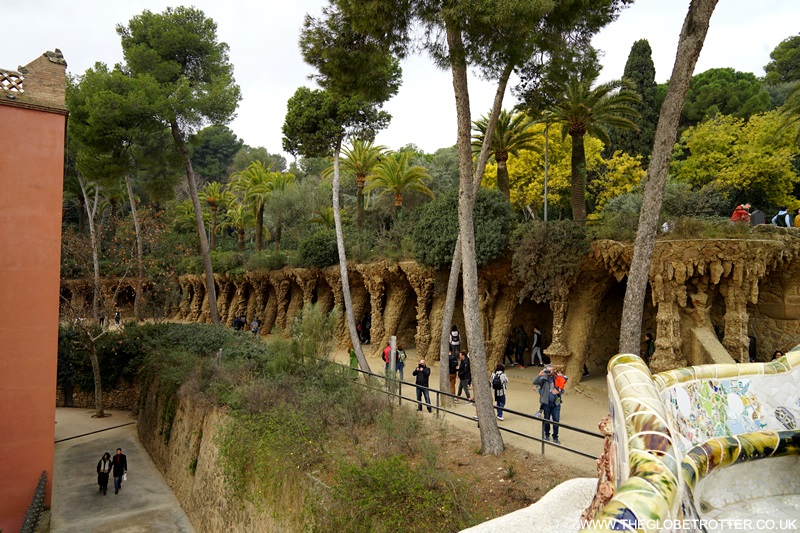

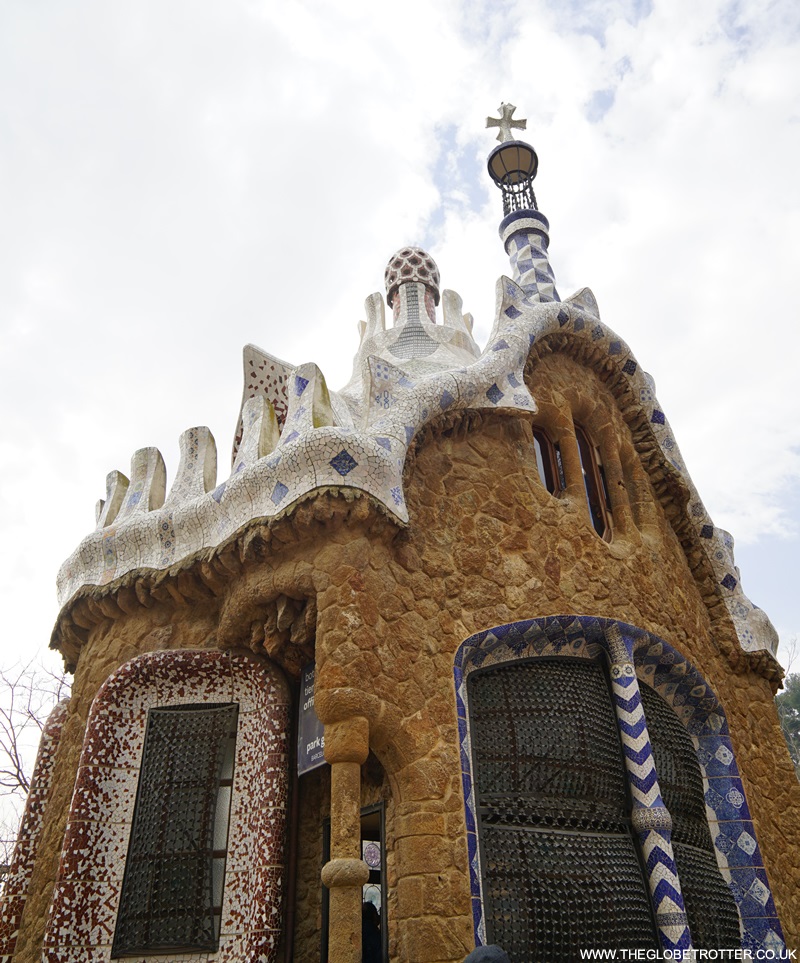
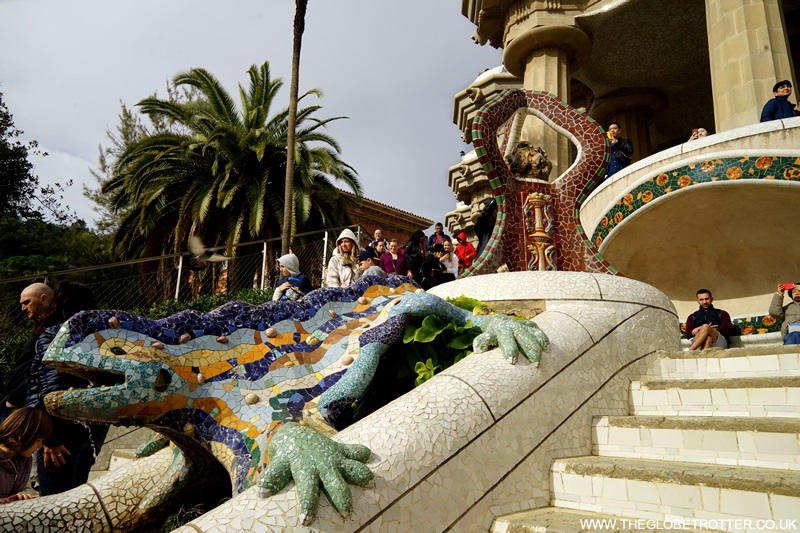
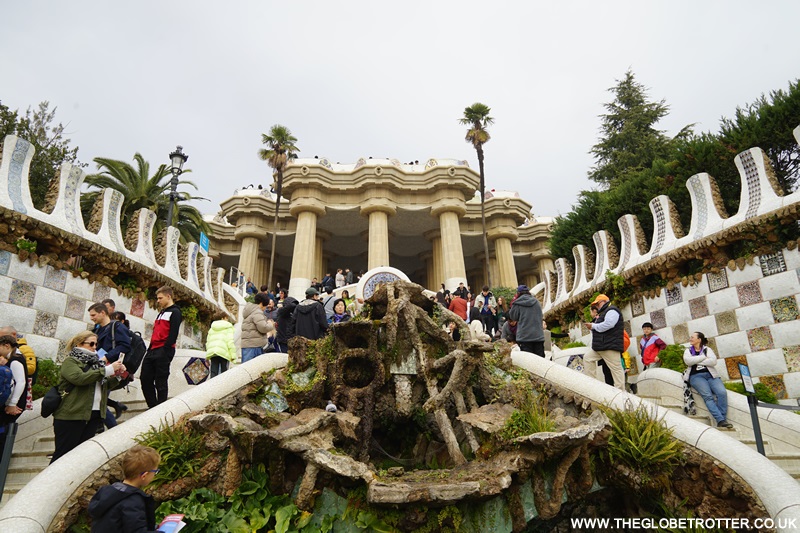
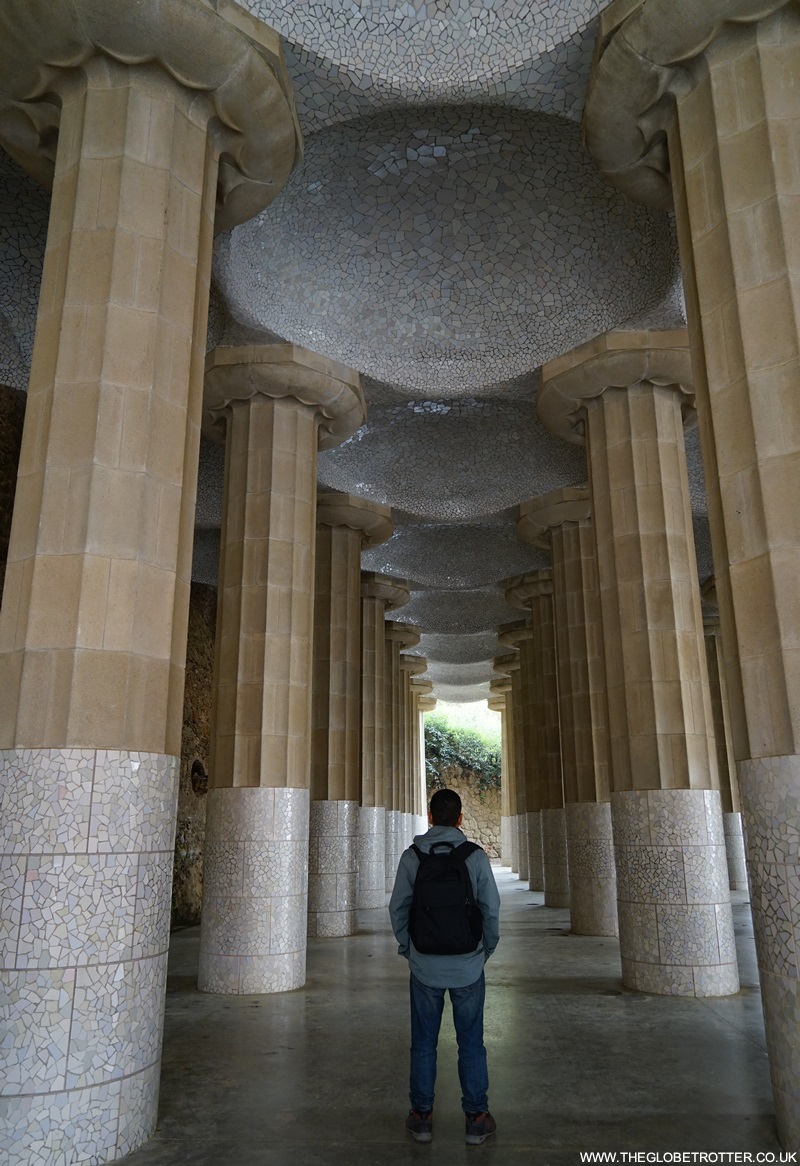


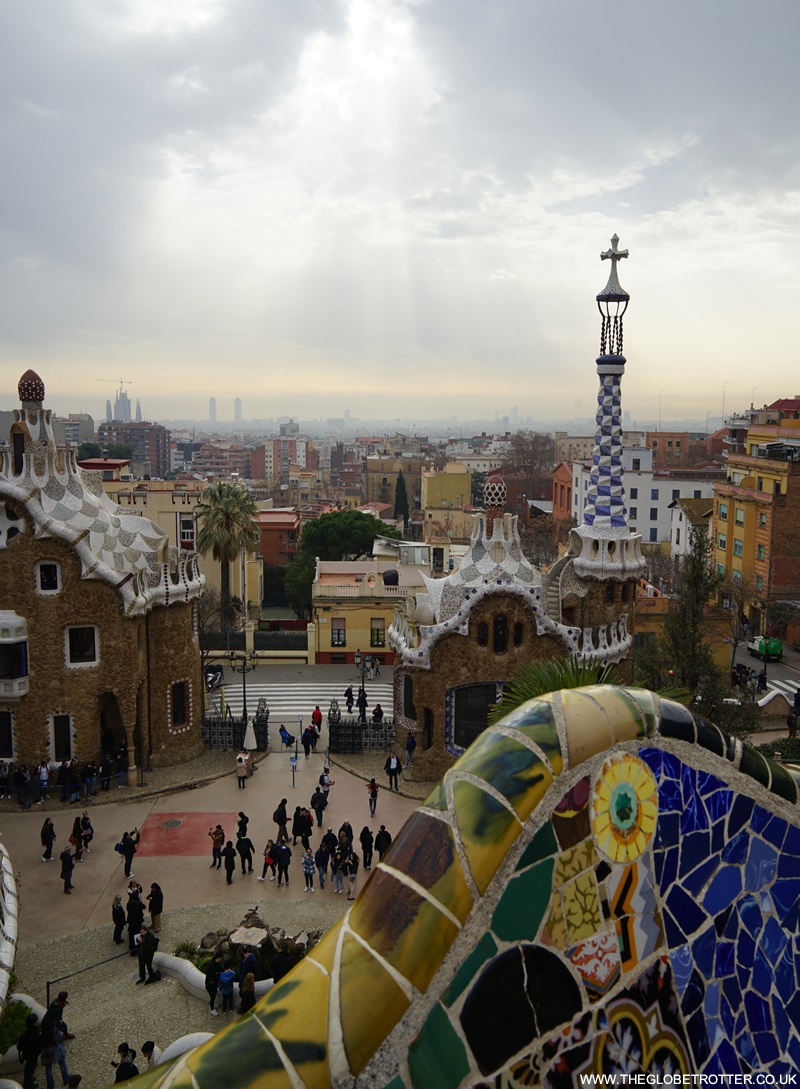
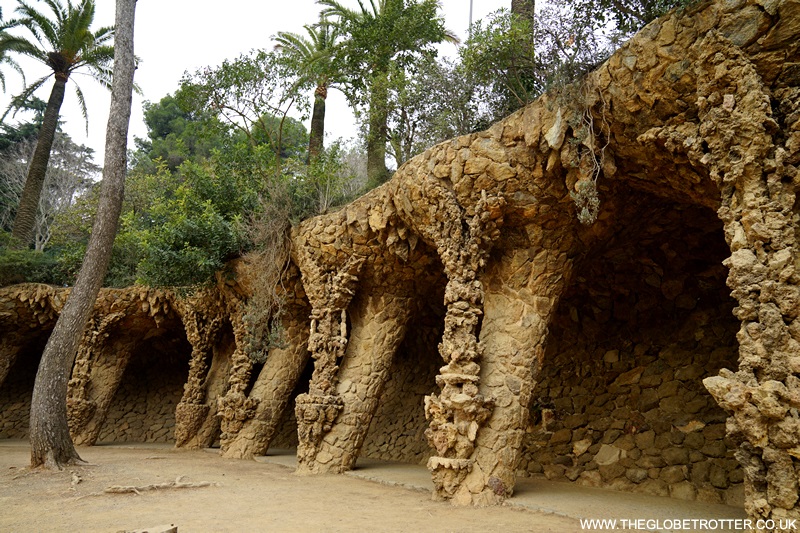




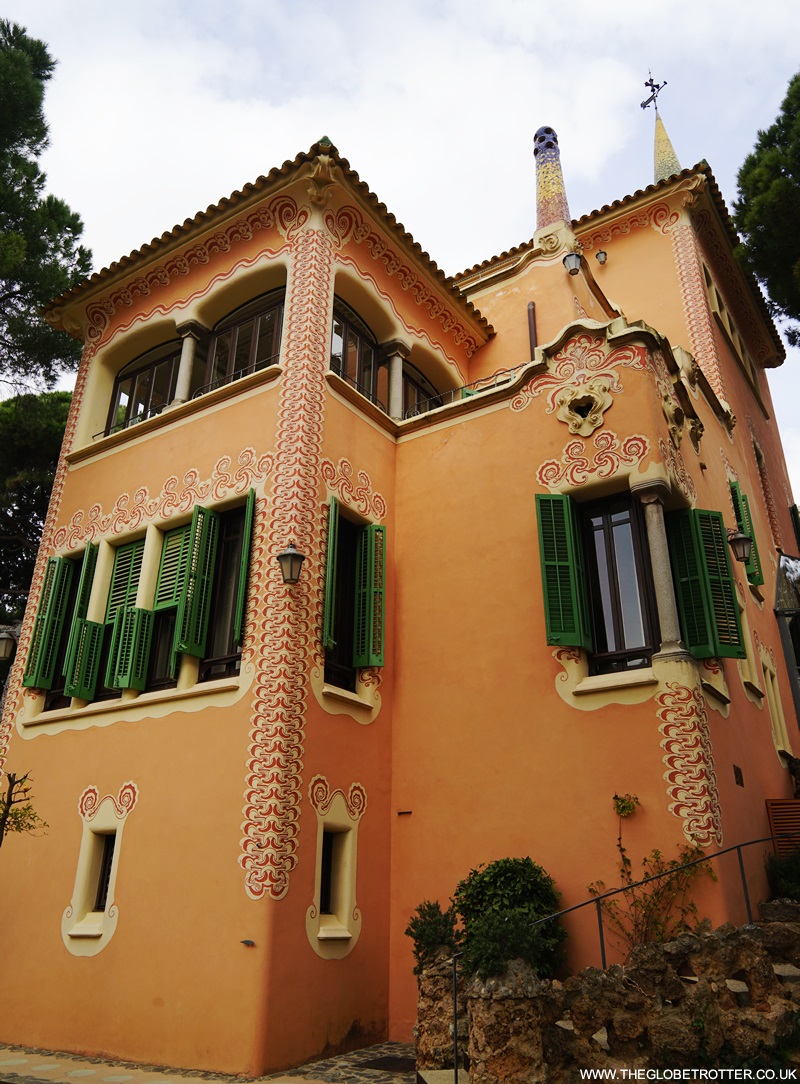
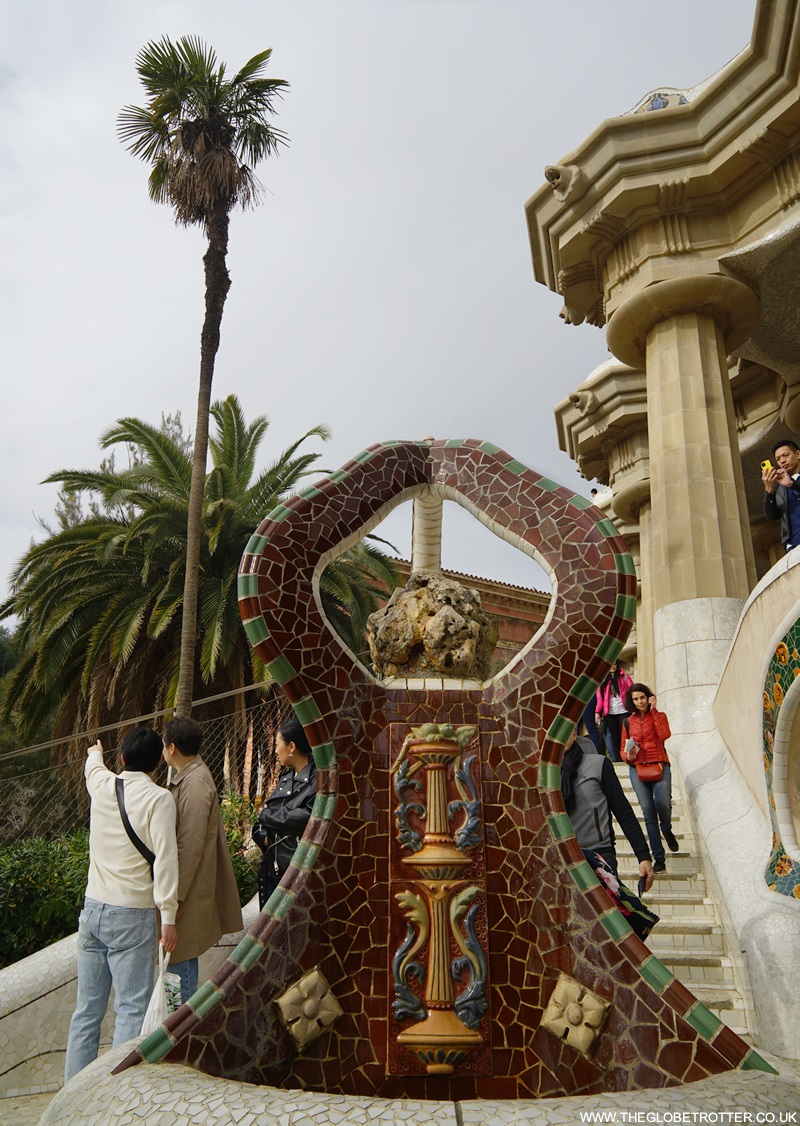
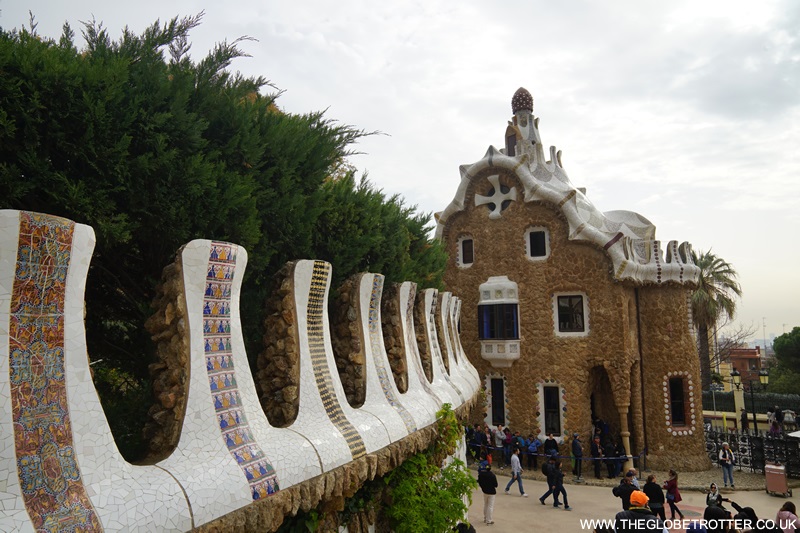
Post a Comment